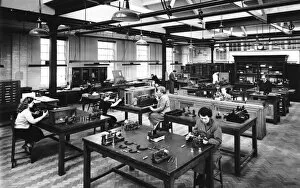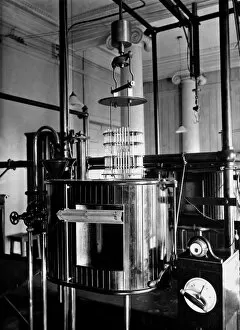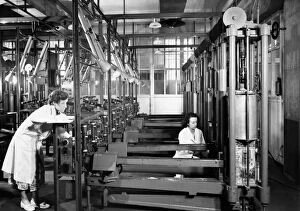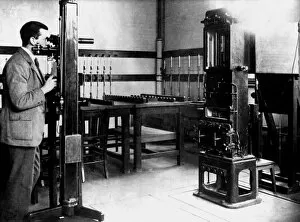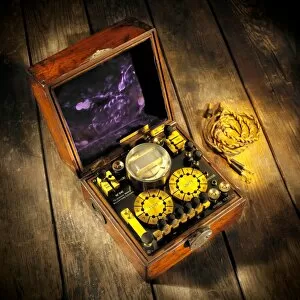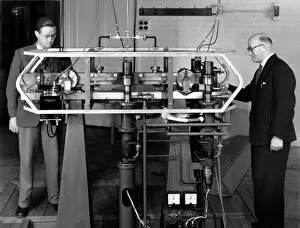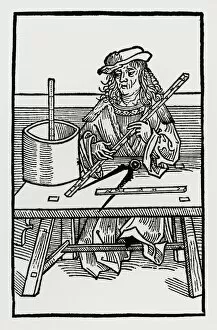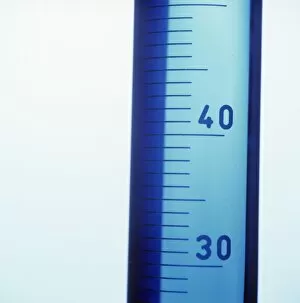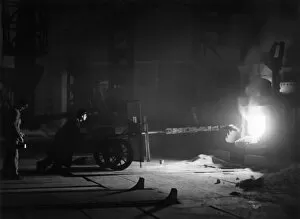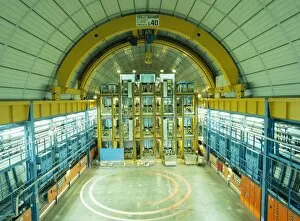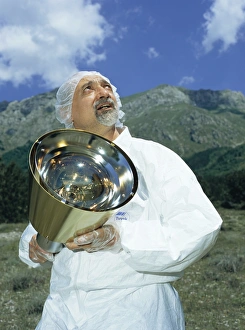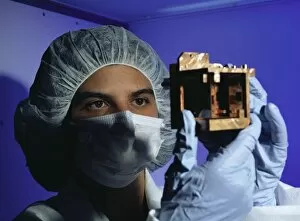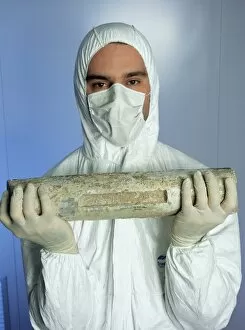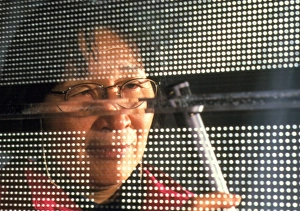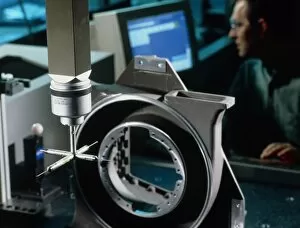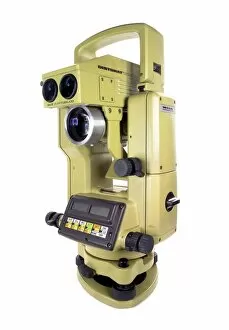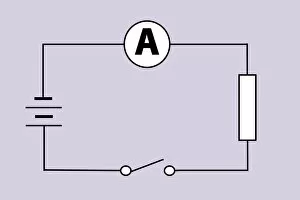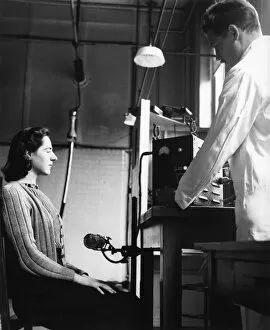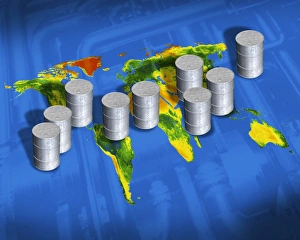Measurement Collection (page 33)
"Measuring Time: From Ancient Sundials to Modern Calculators" Step into the world of measurement, where time is captured and recorded in various forms
All Professionally Made to Order for Quick Shipping
"Measuring Time: From Ancient Sundials to Modern Calculators" Step into the world of measurement, where time is captured and recorded in various forms. Explore the intricate craftsmanship of a Lantern Clock Tompion, its delicate hands ticking away centuries-old moments. Marvel at the precision of a Bracket Clock Tompion, an exquisite piece that stands as a testament to human ingenuity. Innovation takes center stage with the invention of the tape recorder, revolutionizing how we capture sound and preserve memories for generations to come. Delve into history as you uncover the inner workings of a Clock Mechanism from 1737 or witness a skilled Watchmaker meticulously crafting timepieces. Temperature finds its measure through advancements like the Mercury thermometer, providing accurate readings that shape our understanding of heat and cold. Discover tranquility in a sundial on slate inscribed with "Noiseless falls the foot of time that only treads on flowers, " transporting you back to 1905 in Little Hall, Lavenham. The Metric System emerges as an international language for measurement, simplifying calculations across borders and fostering global unity. Witness ancient wisdom unfold with a Chinese Abacus from 1814 or marvel at M. I. T. 's Calculator from the 1930s—a symbol of progress in computation. Journey through celestial realms with an Astronomical Clock from 1833—an intricate fusion of artistry and science guiding us through cosmic cycles. Finally, explore another clock mechanism from 1882—each cog representing countless hours spent perfecting this timeless invention. Measurement transcends mere numbers; it encapsulates humanity's quest for knowledge and understanding. These artifacts stand as testaments to our relentless pursuit for accuracy and efficiency throughout history—reminders that every tick marks another moment passed but also holds infinite possibilities for what lies ahead.








